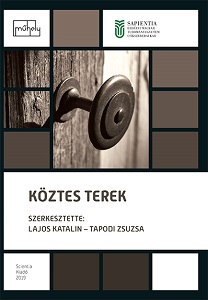
We kindly inform you that, as long as the subject affiliation of our 300.000+ articles is in progress, you might get unsufficient or no results on your third level or second level search. In this case, please broaden your search criteria.



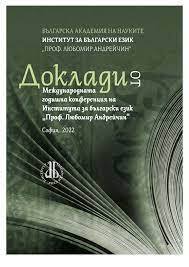
The aim of the paper is to make a comparative analysis of the number of the defective nouns singularia tantum in both Slavic languages – Bulgarian and Slovak, to trace and establish parallels, but also inconsistencies in this language area and to draw conclusions.
More...
The article presents a comparative analysis of the speech genre of political discourse – the president’s New Year’s address to the people. New Year’s address is characterized as a ritual genre and is considered in the linguopragmatic aspect. The features of the ritual political discourse reflected in the speech genre of the New Year’s address are studied. A typology of communication strategies relevant to the presidential discourse in the New Year’s address is proposed. The linguistic features of the implementation of strategies and tactics of the communicative interaction of the president with the people in the New Year’s address are indicated. The New Year’s speeches of the presidents of Bulgaria, Slovakia, Poland, Ukraine and Russia presented on New Year’s Eve 2022 are analyzed.
More...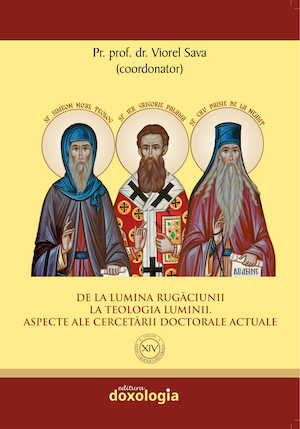
In the Orthodox funeral service is used the expression „Abraham’s bossom”. Borrowed from Luke’s gospel, mainly the parable of rich man and Lazarus, the expression itself speaks about eternal life. Actually, the entire parable the opposition between good and bad, between rich and poor, between believers and non-believers. But above all this, this expression comes with a very powerful meaning: the eternal life means being hold, being tight to the chest by God the Father.
More...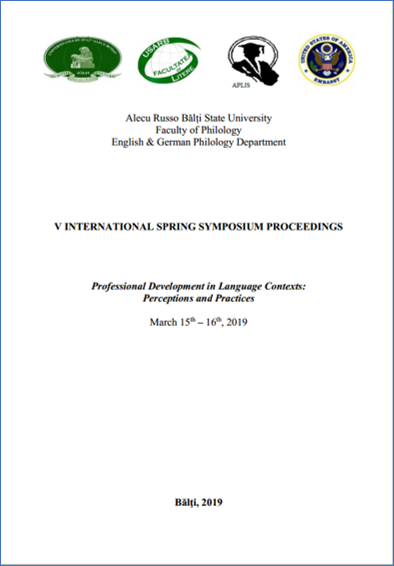
The article deals with the forms of assessment, recommended by New Methodology Curriculum designed within the joint project of Ministry of Education and Science of Ukraine and British Council Ukraine ‘New Generation School Teacher’. The new approaches to training future English language teachers suggests changes not only in the content of Methodology course, but also in approaches to teaching, that are intended to promote high levels of interaction and student involvement in their own learning processes. These consequently implies the alteration of traditional forms of assessment aimed at checking theoretical knowledge of the discipline rather than practical skills needed for the profession of a teacher. So, assessment tasks are designed to reinforce learning throughout the programme. Each module has specified outcomes, assessed by a combination of stand-alone assignments and portfolios including two or more assignments. Final assessment is based on school practice as well as in-course assignments and qualification paper defence.
More...
The paper aims to raise the English teachers’ awareness of the terminological ambiguities and the loose use of several common TEFL words such as “method”, “approach”, “design”, “technique”, “procedure”, “strategy”, “methodology”, and others. The efforts that have been made in an attempt to clarify them are presented in connection with the models proposed by E. M. Antony (1963), W. F. Mackey (1965), J. C. Richards and T. S. Rodgers (1982), H. H. Stern (1983), and B. Kumaravadivelu (2008). The ambiguities and overlaps found in these models are pointed out, and implications for the practitioners’ condition are suggested.
More...
The article introduces the notion of the flipped classroom, focusing on the benefits it can bring into the English language classroom. It presents the preliminary results of a small scale study on the way grammar topics can be covered when the flipped model is applied at the practical course of English with first year university students. The topic needs further investigation as it seems premature to clearly state the benefits of flipping the language classroom. Yet, it can be said that applying such a model can contribute to the development of learner autonomy as well as HOTs.
More...
Creating tests and assessments for both English language and second language learners has been challenging and has required a lot of theoretical and abstract thought. Conversely, big language testing companies, have shown weaknesses in their production of standardized assessments, especially in the training of test-item-writing. In order to create good language assessments, specifications are needed. Therefore, the purpose of this article is to present the fundamental and basic principles to create a recipe or test specifications to create any type of language assessment. The author uses Lynch and Davidson’s five-step model (2002), following the formula derived by James Popham (1978). Further, after having presented the theoretical components of the model, the author proposes practical strategies to the use of this model and provide a sample language item test specification. The idea of this paper is to have teachers visualize and internalize the model to put it into practice in their own testing and assessment contexts.
More...
The present research deals with he poetic works of Bogdn Ghiu from the perspective of examining the chromatic symbolism of ‚black’. The poet’s imaginary images become elements-concepts of his writing: the page, the period, the letter, etc., all these being attributed a chromatic scale. ‘White’ and ‘black’ are two essential colours used by the poet to construct images in his poetry. The black colour by symmetry postulates the existence of white and vice versa; thus, a poetic image is being created in the colours of the chess game – black and white. This chromatic opposition may serve as inference to the coal drawing or engravings, or even to the arts of graffiti. As a veritable artist, the poet uses basic signs, such as the dash and the dot to obtain complex images, and harnesses the plain and economical sign – the dot (white and black) – to express profound imageries. From the point of view of semiotics, white and black constitute a system in the poet’s chromatic code, where the white period stands for the creation of the divine world while the black one – the poet’s creation.
More...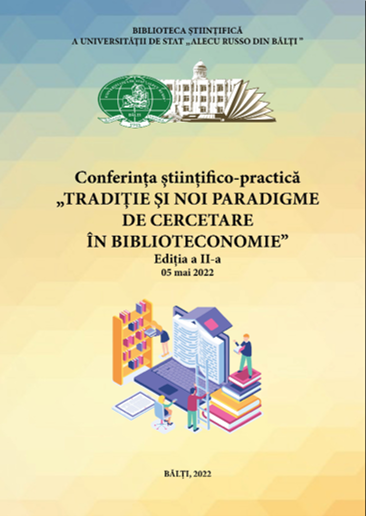
The most representative moments from the life and work of the Romanian playwright and novelist Ion Luca Caragiale are reflected in the communication. Also, the most important works of the writer from the collection of the USARB Scientific Library are used.
More...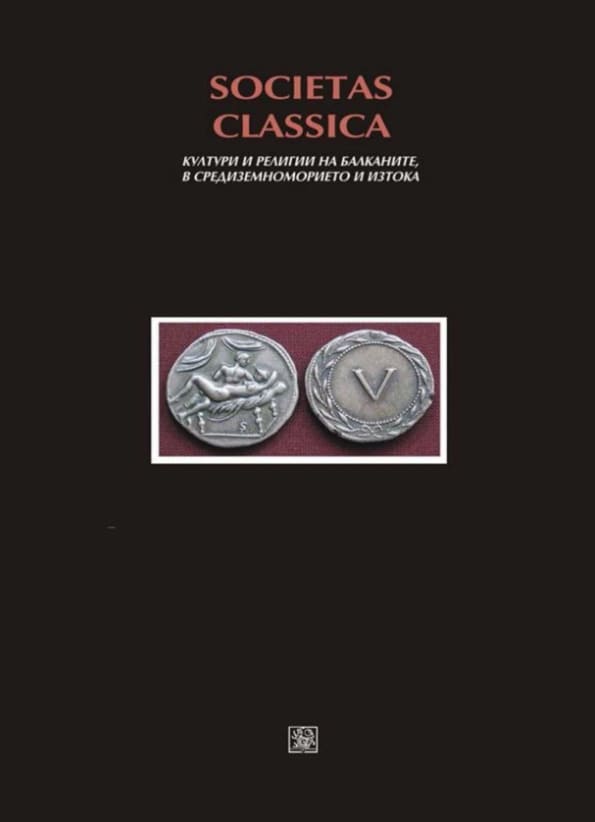
In this paper is presented the word “havra” from semantic point of view – its meanings, matchability, use, as well as the origin of the word “havra“ in Bulgarian, Greek and Russian with fair relevance in the examined three languages.
More...
Pursuit of communication is the major motivation in foreign language learning. Knowing one or more foreign languages today is no longer an additional qualification, but is part of the basic knowledge indispensable for the next stage of students’ education. Mastering a foreign language is not limited to acquiring knowledge about grammatical construction, lexical units and phonetic features of a certain language. In view of the fact that “culture is the necessary context for using a certain language” (web 3), the ability to fully use a foreign language in communication is preconditioned by the mastery of background knowledge related to the cultural specificity and civilization model of the nation.Pursuit of communication is the major motivation in foreign language learning. Knowing one or more foreign languages today is no longer an additional qualification, but is part of the basic knowledge indispensable for the next stage of students’ education. Mastering a foreign language is not limited to acquiring knowledge about grammatical construction, lexical units and phonetic features of a certain language. In view of the fact that “culture is the necessary context for using a certain language” (web 3), the ability to fully use a foreign language in communication is preconditioned by the mastery of background knowledge related to the cultural specificity and civilization model of the nation.Pursuit of communication is the major motivation in foreign language learning. Knowing one or more foreign languages today is no longer an additional qualification, but is part of the basic knowledge indispensable for the next stage of students’ education. Mastering a foreign language is not limited to acquiring knowledge about grammatical construction, lexical units and phonetic features of a certain language. In view of the fact that “culture is the necessary context for using a certain language” (web 3), the ability to fully use a foreign language in communication is preconditioned by the mastery of background knowledge related to the cultural specificity and civilization model of the nation.Pursuit of communication is the major motivation in foreign language learning. Knowing one or more foreign languages today is no longer an additional qualification, but is part of the basic knowledge indispensable for the next stage of students’ education. Mastering a foreign language is not limited to acquiring knowledge about grammatical construction, lexical units and phonetic features of a certain language. In view of the fact that “culture is the necessary context for using a certain language” (web 3), the ability to fully use a foreign language in communication is preconditioned by the mastery of background knowledge related to the cultural specificity and civilization model of the nation.
More...
The article shed light on the early history of the Ottoman city of Akça Kizinlik, the predecessor of the modern city of Kazanlak, in order to discover the meaning of this name and its possible relationship with the name of the former Bulgarian district town of Krun. Evidence is presented that the city of Krun was located within the territory of today’s town of Kazanlak, near the Kulenska mahala residential district. This conclusion is supported by the linguistic analysis of the semantic rout Kizin of Kizýnlik, which regularly conveys the name of the medieval Bulgarian town of Krun. The first part of the Ottoman name, Akça “spring, a place rich in potable water”, repeats the meaning of the old Greek name Krunoi “spring”, latter transformed into Bulgarian name Kran.The article shed light on the early history of the Ottoman city of Akça Kizinlik, the predecessor of the modern city of Kazanlak, in order to discover the meaning of this name and its possible relationship with the name of the former Bulgarian district town of Krun. Evidence is presented that the city of Krun was located within the territory of today’s town of Kazanlak, near the Kulenska mahala residential district. This conclusion is supported by the linguistic analysis of the semantic rout Kizin of Kizýnlik, which regularly conveys the name of the medieval Bulgarian town of Krun. The first part of the Ottoman name, Akça “spring, a place rich in potable water”, repeats the meaning of the old Greek name Krunoi “spring”, latter transformed into Bulgarian name Kran.
More...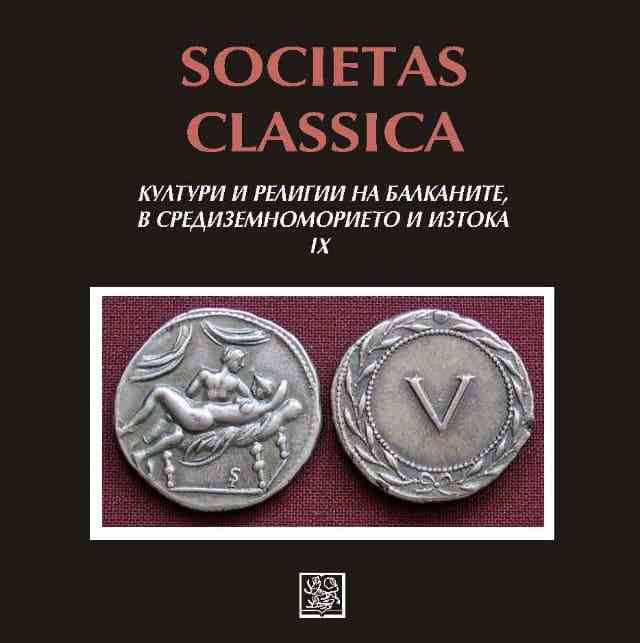
Walahfrid Strabo was a celebrated poet and theologian of the 9th century. He lived and studied mainly in Reichenau, a monastery in modern Germany, where he was monk and at some point abbot. His education covered the Scripture, the writings of the Holy Fathers, as well as Latin, Greek, geography, poetry and the liberal arts. Walahfrid’s many works, written in Latin, consist of theological treatises in prose and many poems on different subjects. Among them is a poem on gardening and the medicinal uses of the plants titled „De cultura hortorum” – „On the cultivation of gardens”. The poem has many scientific and poetical sources: Pliny the Elder, Collumela, Dioscorides, Celsus, Serenus Sammonicus, Pliny Valerianus, Apuleus Platonicus, Isidore of Seville, Virgil, Horace, Lucretius Carus. Strabo used his sources creatively, with a view to do more than just another compilation. He used the words and phrases he found as building blocks in order to come up with a new, contemporary concept for both aesthetics and utility. He is believed to have served as a monastery gardener himself, so likely fused his ideas and practical experience with the received literary tradition of his time. He thus created a unique snapshot of a real life cloister garden – his own garden – both authentic and ideal.
More...

The present paper explores the phraseological meaning and linguistic-cultural aspects of the latin phraseological units, so called “”flying thoughts”, containing onomastic component. The material was selected from “Dictionary of the Latin flying thoughts” (1982), edited by N. Babichev and J. Borovskij. The attention is paid to the semantic of phraseologisms, to different approaches of their synchronic and diachronic description, and to cultural specificity. Reflecting the nature of the Roman conception of the world and the human relationships phraseological units proceed from the subjective human experience. Proper names are linguistic items fulfilling a referential function. The proper names in phraseological units are of great importance in communication where they are signs of cultural, linguistic, geographical, ethnic and social identity.
More...
The paper deals with the Greek language question as well as the specific historic development of the Greek language. Special attention is paid to diglossia and the problems it brings about. The study highlights the points of view of the proponents of Dimotiki and Katharevousa, their contribution to the development of the language question and the theory of the unity of the Greek language. Last but not least, the paper also raises the issue of the arguments concerning the name of the Greek language (Dimotiki or Modern Greek) and its teaching.
More...
Wine in China has a long history which can be traced back to about 4000 BC to the period of the Neolithic Yangshao culture. In 1979 archaeologists excavated a grave of the Dawenkou culture in Shandong Province where they found a set of about 100 wine making vessels from 5000 years ago, including vessels for wine boiling, fermentation, storing and drinking. After issuing of the first anti-wine regulation in the Chinese history from the first ruler of the Western Zhou (1046–771), from the period of the Han dynasty wine industry registered a boom. Under the Sui and the Tang dynasties, wine making continued to develop, private production was no longer limited and ordinary people could make and sell wine freely.
More...